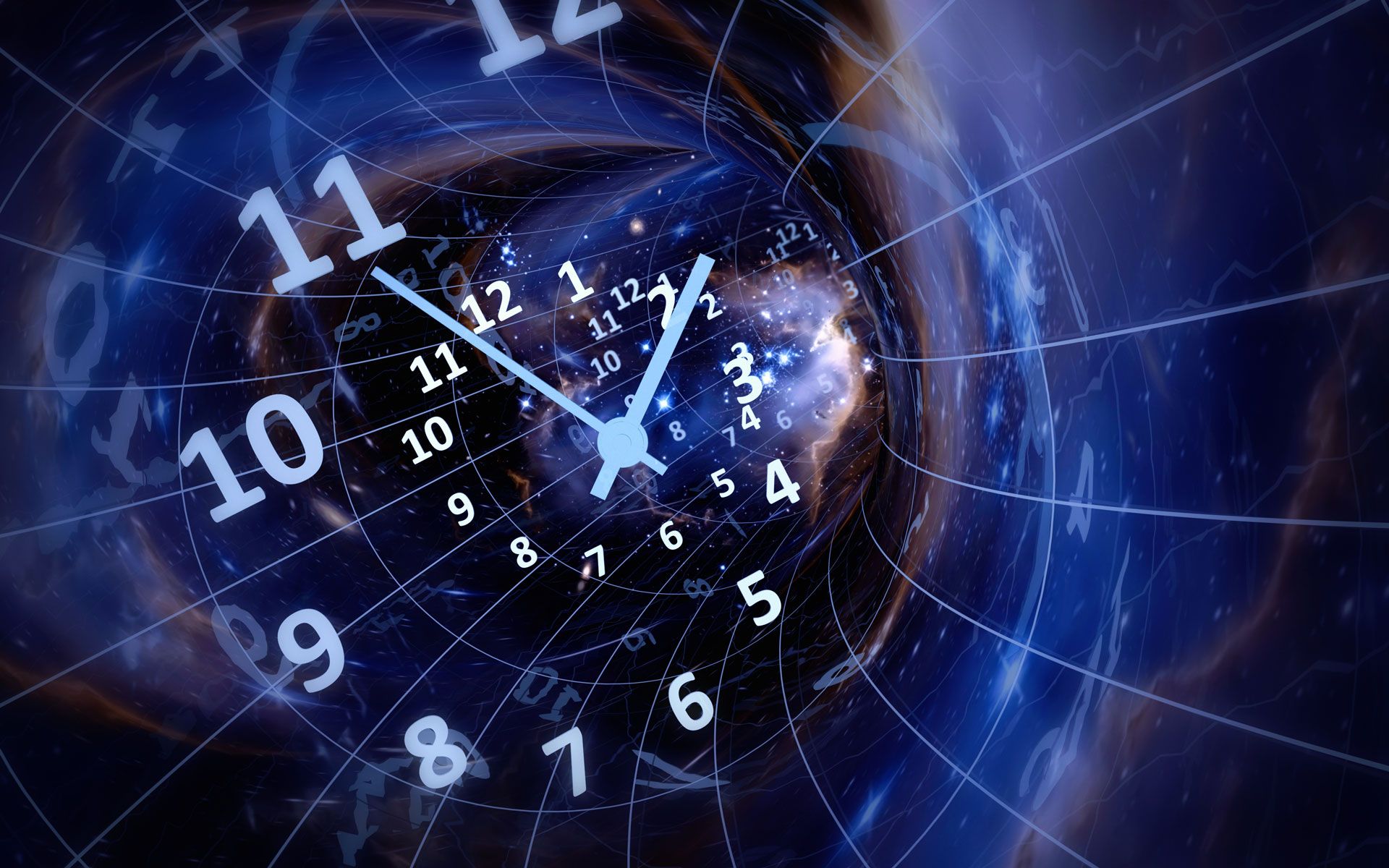
The future of timekeeping


Mario Maniewicz, Director, ITU Radiocommunication Bureau
Regardless of how you measure it, time is critical to all our daily activities and the orderly functioning of our societies.
Defining time has been and continues to be a preoccupation of scientists around the world. After years of using the rotation of the Earth as the basis for determining the length of a day and for defining time scales, the adoption of Coordinated Universal Time (UTC) in 1971 marked a breakthrough in the definition of time.
Just over half a century on, I am delighted to present to you this special ITU News Magazine edition on future use and applications of UTC. Prepared by the International Telecommunication Union (ITU) and the Bureau international des poids et mesures (BIPM — the International Bureau of Weights and Measures), it contains articles and discourse on the future of the various ways in which time is recorded.
ITU plays a central role in the definition and dissemination of UTC, mainly through the ITU Radiocommunication Sector (ITU–R) Working Party (WP) 7A, which is mandated to deal with scientific services related to time signals and standard frequency emissions.
The scope of WP 7A includes the dissemination, reception and exchange of standard frequency and time signal services and their coordination on a worldwide basis. One of the fundamental products of WP 7A is Recommendation ITU–R TR.460‑6, “Standard-frequency and time-signal emissions”. Incorporated by reference in the ITU Radio Regulations, this provides the official definition of UTC.
A universal reference time scale
Currently, UTC is used for a range of different purposes, from the minutes needed by the public in adhering to timetables to the synchronized nanoseconds required in the most demanding applications, such as navigation through the global navigation satellite systems — for example, the Global Positioning System (GPS), GLONASS and more recently Europe’s Galileo and China’s BeiDou.
The need for a unique universal reference time scale has been raised by most user communities, international organizations, and timing experts. The primary challenge is to make UTC a continuous time scale, rather than the stepped atomic time scale that it is now. There is consensus that alternate time scales and system times should not be utilized as timing reference sources, and that the practices for realizing UTC should be adapted to the needs of users in the 21st Century.
The change would bring the benefit of a continuous time scale, available for the operation of all modern electronic navigation and computerized systems. It would eliminate the need for specialized ad hoc system times used to avoid UTC’s unpredictable one-second steps.
What does the future look like?
To satisfy the largest number of applications possible, the future reference time scale should be:
- internationally realized,
- universally accepted, and
- continuous (at least for a long time).
It is also important that the future reference time scale has a known relation with the rotation of the Earth, as well as a widely known and disseminated offset from Universal Time (UT1). A future reference time scale could maintain the advantages of the legacy UTC while addressing these requirements. It could be obtained by keeping the current UTC, as defined by the General Conference on Weights and Measures 2022, while relaxing the limitation on the offset between UT1 and UTC.
A suitable transition period
Changes in any reference time scale raise questions about compatibility with past or previously set systems and devices. Considering its importance to many aspects of critical national infrastructures, clear measures are needed to address the backward compatibility issue if a decision on a future reference time scale is made.
To give legacy systems an adequate period to adapt to the change in UTC, some users — including astronomers, maritime navigation, maritime mobile, aeronautical and radiodetermination services, and fixed, mobile and broadcasting services — have asked for a transition period to update their systems. In the case of GLONASS, this would be no less than 15 years between the decision and implementation.
In any case, the transition period should be long enough to allow existing user equipment to continue operating without affecting the quality of service. Recommendation ITU–R TR.460‑6 will be updated during the transition to a continuous time scale.
ITU studies to be considered at WRC‑23
The upcoming World Radiocommunication Conference (WRC‑23) in Dubai, United Arab Emirates, will consider the results of ITU–R studies on the impact of changing time scales, responding to the earlier Resolution 655 (WRC‑15). Further information on the topic is contained in Report ITU–R TR.2511‑0, “Content and structure of time signals to be disseminated by radiocommunication systems and various aspects of current and potential future reference time scales, including their impacts and applications in radiocommunication”.
Sharing expertise and perspectives
I am very grateful to BIPM and the authors of the latest ITU News Magazine for sharing their expertise and perspectives. Their combined knowledge offers a classic resource and reference on the science of timekeeping that will enrich and inform the ongoing debate on the future of time — and on whether to abolish the leap second.
Download your copy of the ITU News Magazine: The future of Coordinated Universal Time.
Header image credit: Adobe Stock
Photo: ITU/D. Woldu
